Within the changing landscape of digital marketing, one trend keeps on leading and reshaping the way brands speak to their audience: video content. Where earlier it used to be the luxury or value-add option is now the central pillar around which successful online marketing trends revolve.
This video boom isn’t just a passing trend—rather, it’s indicative of a deeper shift in the way people consume. People want to access fast, experiential, and emotional content that interrupts them and delivers value in the most efficient manner possible. With higher internet speeds and changing platforms, video content marketing is no longer the wave of the future—it’s the present. But its potential to shape the future of digital marketing cannot be overstated.
The Rise of Video Consumption Across Platforms:
By 2025, it is estimated that video will account for over 82% of all internet traffic. YouTube, Instagram, TikTok, and LinkedIn are all focusing on video within their algorithms because they know how much more time users spend consuming video compared to engaging with static content. The runaway success of TikTok simply reflects how interactivity in video formats has made them a leading way of communication and entertainment.
Even traditional text-centric platforms are evolving. Facebook continues to promote Facebook Watch, Twitter/X launches longer video features, and Instagram’s shifts to Reels indicates a larger audience: consumers expect video-first content.
For marketers, this means that adopting a video-first digital marketing strategy is no longer a good idea anymore—it’s a necessity for staying relevant and competitive.
Why Video Marketing Works So Well:
There are a few reasons why video is so great at digital marketing. First, it combines visual, audio, and emotional storytelling in a way that no other medium can. Humans process visuals 60,000 times faster than they can text, and the addition of sound, facial expressions, and motion supercharges engagement.
Additionally, video content promotes retention. Research indicates audiences remember 95% of a message when watched as a video and only 10% if they read it as text. That makes video perfect for simplifying complex concepts, presenting products, or producing lasting brand experiences.
When it comes to conversions, the statistics are even more significant. Adding video to a landing page can raise conversion rates as much as 80%. Emails with video produce 200-300% greater click-throughs. And products with video descriptions are much more likely to be bought.
Clearly, video generates results, from awareness right through the purchase.
SEO Benefits of Video Content:
Another key reason video is the future of digital marketing is that it affects search engine optimization (SEO). Google loves video content. Websites that use video are 53 times more likely to be found on the first page of Google search results. That’s because video maximizes time-on-site, lowers bounce rates, and offers highly shareable content—all of which are great SEO signals.
Google-owned YouTube is the second largest search engine globally. This means that the optimization of your video content using long-tail SEO keywords, enticing titles, and relevant descriptions will highly increase your brand’s visibility in both Google and YouTube search results.
When search engines crawl your website and notice diverse content types, including video—then your content becomes more valuable and credible.
The Power of Short-Form Video on Social Media:
Short video content is taking over social media platforms. Platforms such as TikTok, Instagram Reels, and YouTube Shorts have revolutionized the way we consume information. They are bite-sized videos that are easy to digest, usually entertaining, and super sharable. They’re particularly good for branding, trend following, and going viral.
What makes short-form video so strong for digital marketers is its potential for organic reach. Unlike traditional advertising, where usually a budget needs to be spent to drive visibility, short videos have the potential to go viral without promotion. The algorithmic nature of platforms such as TikTok encourages innovative, engaging, and relevant content, giving even small brands a potential audience of millions.
Personalized Video Marketing and AI Integration:
The future of video marketing is not just about volume—it’s intelligence and personalization. As artificial intelligence and machine learning have improved, marketers can now craft personalized video experiences for various audience segments.
For example, through dynamic video content, businesses can change names, locations, or product suggestions according to the viewer’s information. Personalized videos significantly boost engagement and are most effective in email marketing campaigns, landing pages, and product recommendations.
Furthermore, AI-powered tools are also streamlining video production by making it faster and more economical. From automated editing to scriptwriting software to AI voiceovers, small businesses can now compete with large brands by creating professional-grade videos without large budgets.
Using long tail SEO terms such as “personalized video content for digital campaigns” or “how AI is changing video marketing” can also position these forward-thinking pieces higher on search engine results.
Measuring Video Marketing ROI:
One of the biggest concerns for most brands is whether video marketing provides a measurable return on investment. The best news is that video content is among the easiest digital marketing assets to measure. You can quantify views, engagement rates, click-through rates, watch time, conversions, and even retention metrics with accuracy.
Platforms such as YouTube, Facebook, Instagram, and LinkedIn all provide in-depth analytics that allow marketers to see what’s succeeding and what’s failing. Wistia and
Vidyard take it a step further, providing heatmaps and viewer-based tracking so you can adjust your strategy based on real user behavior.
Video Content and Omni-Channel Marketing:
Video content is perfectly integrated into an omnichannel marketing approach. One video can be repurposed across several platforms—YouTube, Instagram, LinkedIn, your site, email marketing, and even paid media. This makes video not only impactful but also affordable in terms of content production.
You can produce one long-format brand video, break it into short-form social clips, pull stills for blog articles, and even utilize the script to write SEO-friendly articles. This amount of versatility makes video a core content asset in modern marketing campaigns.
Future-Proofing Your Brand with Video:
As digital ecosystems keep advancing, consumer attention spans are getting smaller, and competition for their attention increases. The brands that will succeed in this new world are the ones that maximize video as an integral component of their content strategy.
From brand narratives to social media, from search engine optimization to customer service, video has been a versatile, scalable, and emotionally powerful channel. Leaning into video content now is one of the greatest strategies to future-proof your marketing, build deeper audience engagement, and fuel sustained business expansion.
Final Thoughts
Video content is no longer simply a feature of digital marketing—it’s the engine driving it forward. As consumers turn more and more to video in preference to any other form of content, marketers need to respond with strategies that live up to these standards. With its unmatched capacity for engagement, education, and conversion, video has well-deservedly become the future of digital marketing.
For companies willing to expand their brand, gain credibility, and drive conversions, the question isn’t whether to spend on video marketing—but how fast can you get started?



